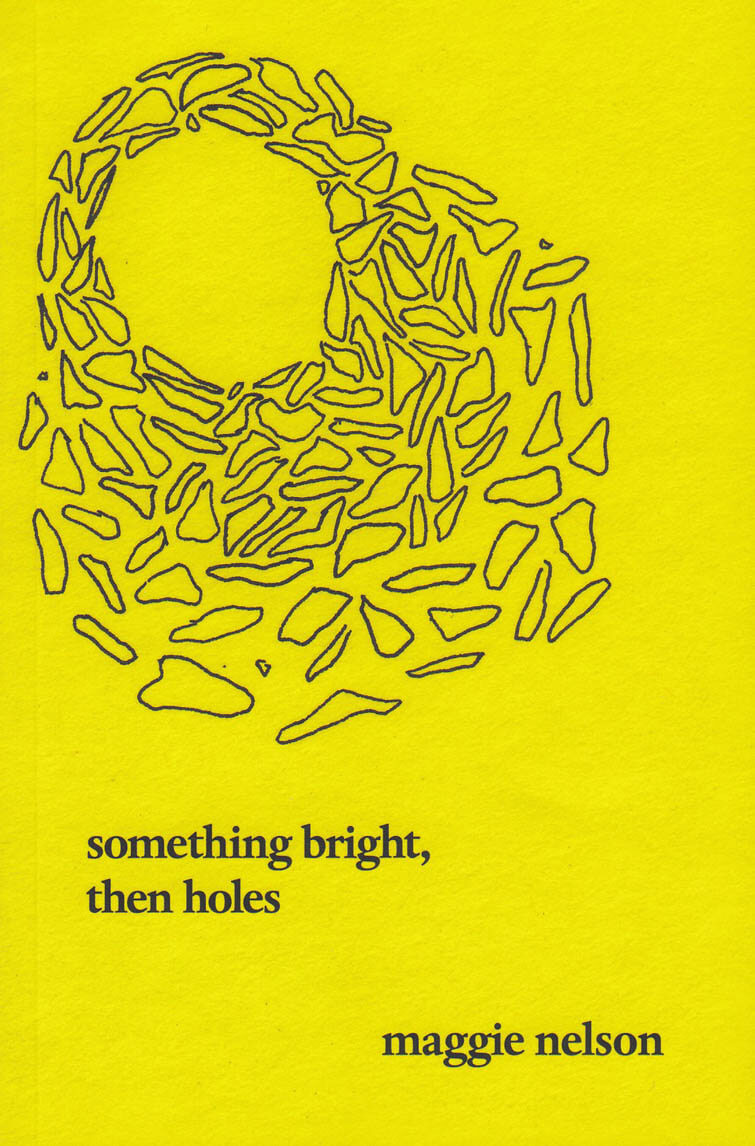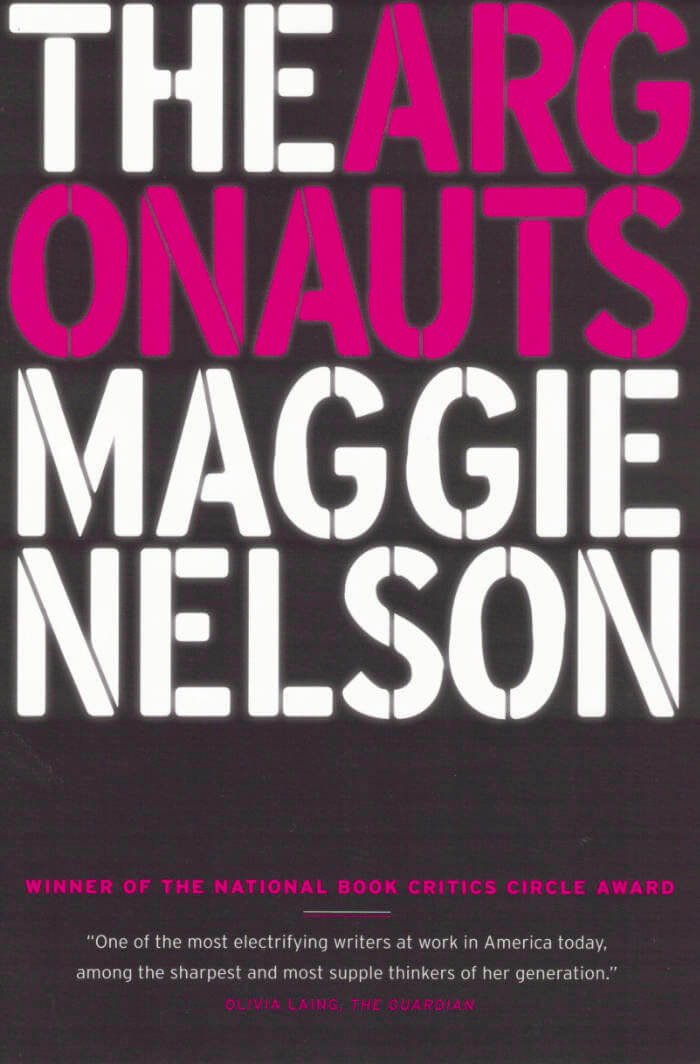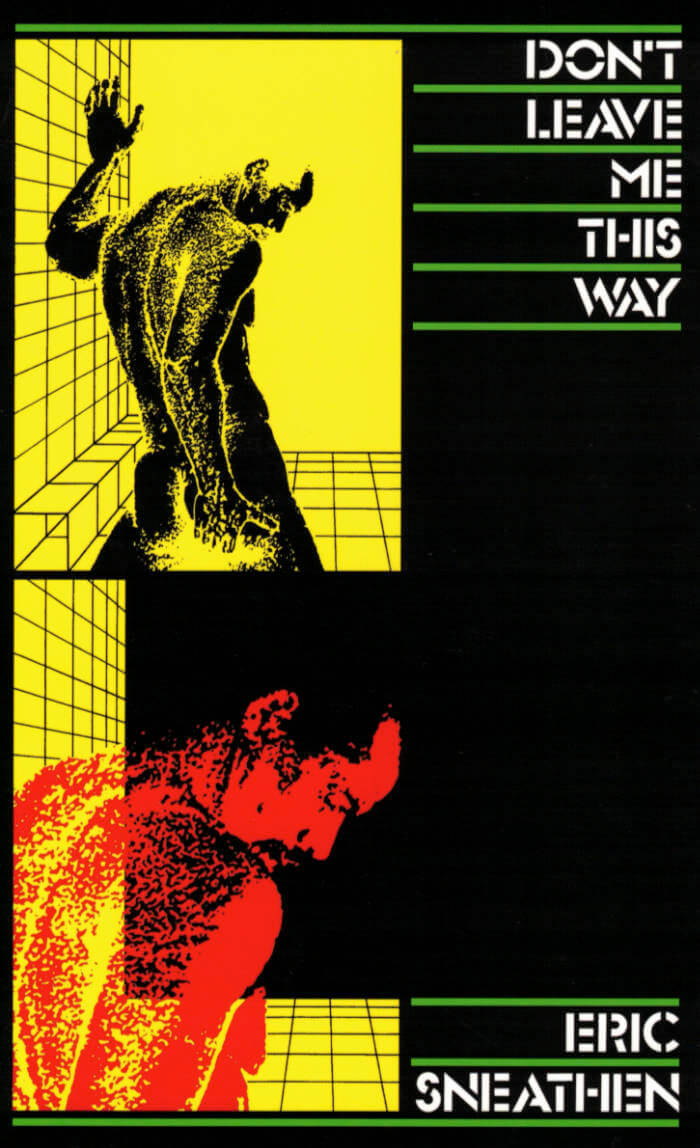
Something Bright Then Holes
Before Maggie Nelson's name became synonymous with genre-defying, binary-slaying writing, Something Bright, Then Holes introduced readers to a singular voice in the making: exhilarating, fiercely vulnerable, intellectually curious, and one of a kind. Whether writing from the debris-strewn shores of a contaminated canal or from the hospital room of a friend, Nelson charts each emotional landscape she encounters with unparalleled precision and empathy. Since its publication in 2007, the collection has proven itself to be both a record of a singular vision in the making as well as a timeless meditation on love, loss, and—perhaps most frightening of all—freedom.
Language: English






